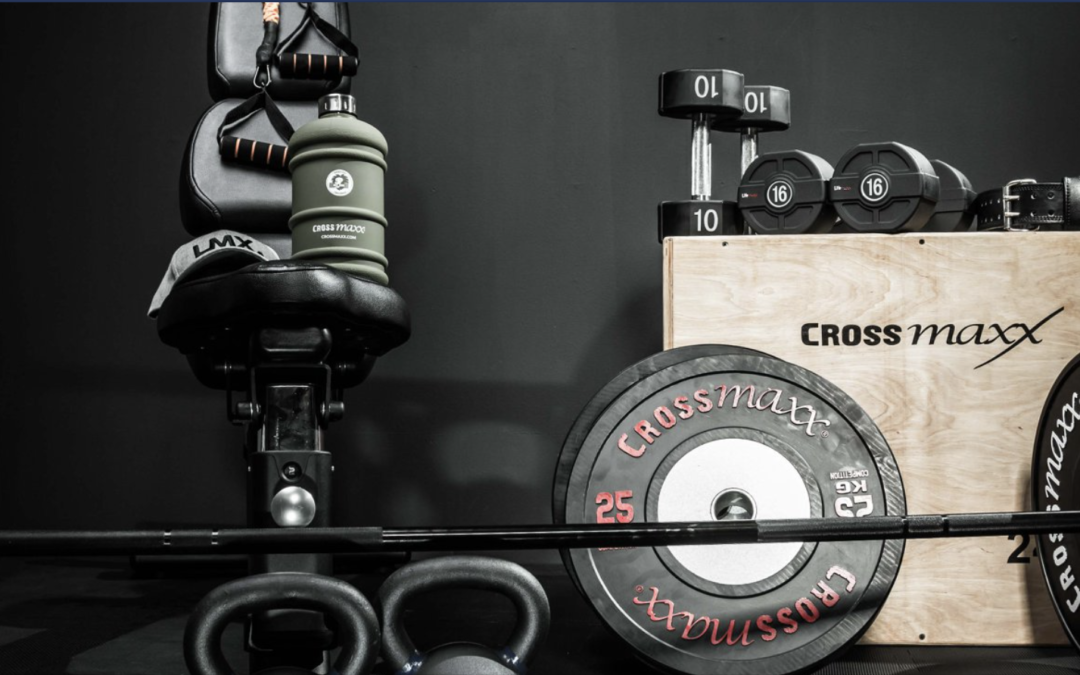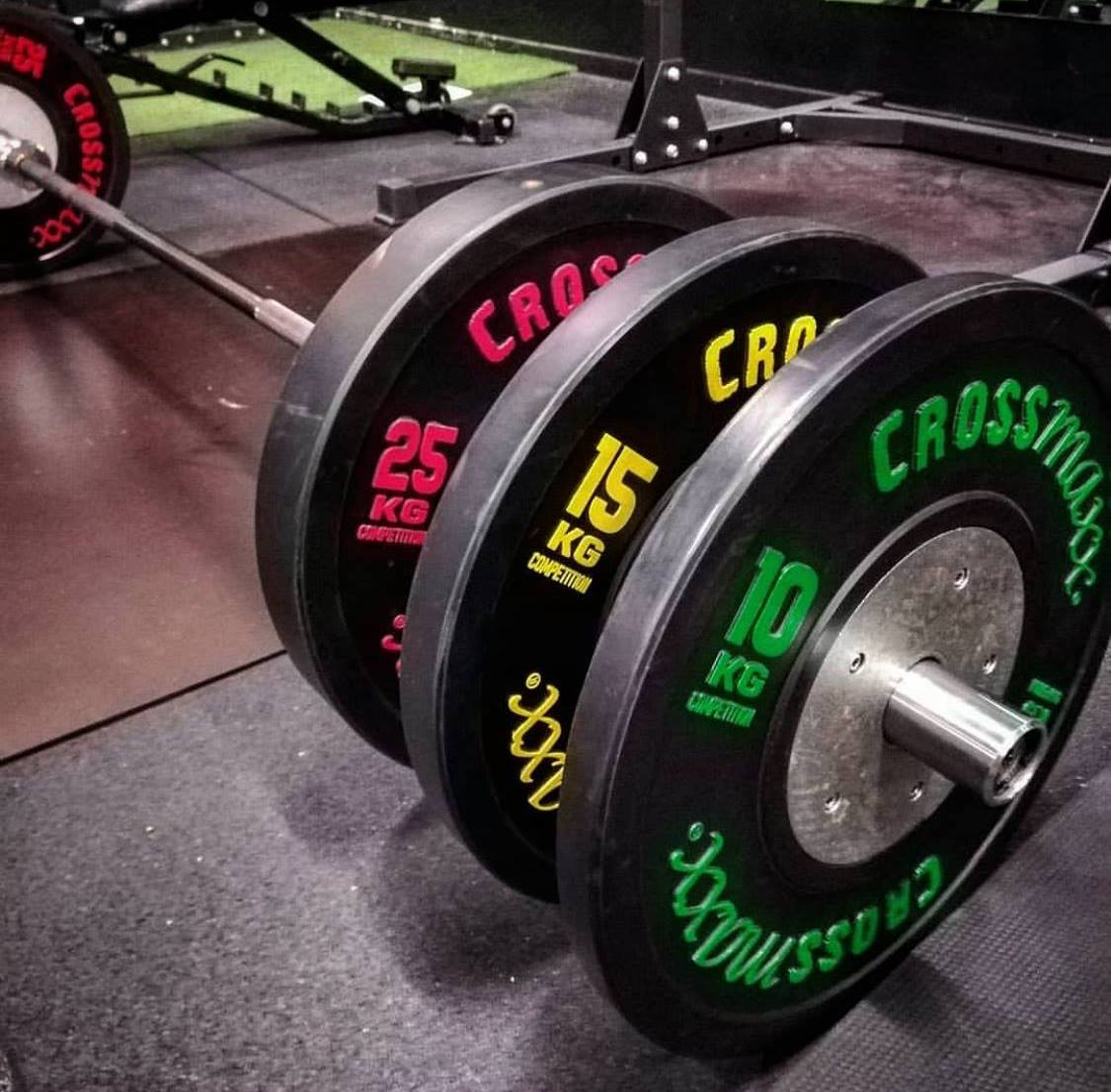To get the most out of your strength-training workouts, make sure you’re choosing your dumbbells wisely.
You know the drill: In order to be a well-rounded runner—and to ward off injury—you need to supplement your runs with strength training. But stepping into the gym for anything other than a treadmill day can be overwhelming, especially if you’re unfamiliar with the weight room.
We get it. That’s why we asked our readers in a recent Instagram post to share what they found most intimidating when they hit the gym.
One of the more common responses? Not knowing how to choose the right weight to lift.
To help you feel more confident in the gym, we tapped Brad Schoenfeld, Ph.D., C.S.C.S., an associate professor of exercise science at Lehman College in New York, for tips on how to figure out what weight to choose. That’s important, because picking the right weight that allows you to go heavy is vital to building strength without necessarily loading on muscle—which is often a fear of those looking to PR.
“Heavy lifting allows increased strength while minimizing muscle growth,” Schoenfeld says. “The more strength can be increased without adding mass, the greater the benefits to running, particularly in medium to long distances.”
How to Choose a ‘Heavy’ Weight
Heavy lifting doesn’t necessarily mean adding a boatload of weight to the barbell. “Heavy” varies from person to person, and simply refers to the amount of weight you can lift in the 1- to 5-rep max range. Say, for instance, you are using 10-pound weights for an overhead press. If you can only get 4 or 5 reps with good form before you’re cooked, that counts as “heavy” for you. If your running buddy can eke out a couple more reps than that, then they may need to try the 12.5- or 15-pound dumbbells.
Think of “heavy” as that 1- to 5-rep range, “moderate” as the 6- to 15-rep range, and “light” as more than 15 reps, Schoenfeld says.
If you’re looking to improve performance, you should stick to a weight that falls in your “heavy” range—a weight you can lift 3 to 5 reps for 2 to 3 sets. Think of this sweet spot like you would rate of perceived exertion (RPE) used in aerobic exercise to gauge training intensity and endurance. At a 10 you’d be sprinting, a 5 would equate to jogging, and at around a 7, you’d be running.
The weight for your heavy range should fall between an 8 or a 9, Schoenfeld says—a similar exertion level as fast-paced running, but not a full-on sprint.
But before you move right to heavy weight, make sure you are comfortable with the exercise first, Schoenfeld says. This will help make sure your form is on target. If you try to go heavy before you have the exercise mastered, you can up your risk of injury. (If you’re new to strength training, consider seeking out a certified trainer for a few sessions to show you the ropes and ensure you know proper form to help avoid injury. Once you have it mastered, use the mirrors in the gym to keep yourself in check.)
If you’re brand new to lifting and have never done it before, you may want to master the movement on gym machines first—say, a shoulder press machine before moving to free weights. “Machines are a good way to regress so that basic strength and form can be acquired, and then progress to heavier loads,” says Schoenfeld.
When you’re lifting heavy, you need to give your muscles enough time to recharge so you can heft your way through the next set. Rest for about 3 minutes between sets. You should have enough gas left in the tank to do 2 to 3 sets.
Fit lifting into your workout routine twice a week—that’s a sweet spot for runners looking to improve their speed and build on their training. While the amount of exercises to aim for depends on individual needs and the structure of your overall training program, Schoenfeld says the workouts should primarily focus on the lower body muscles—so incorporate exercises such as squats, lunges, hamstring curls, and deadlifts.
The bottom line: Hitting the weights—specifically the heavy ones—will help your performance and your overall health.
A true love for sports





Recent Comments